
12 Fish Species You Need to Know to Avoid
Eating fish is one of the healthiest choices you can make — rich in protein, omega-3 fatty acids, and essential nutrients. But not all fish are created equal when it comes to safety.
Some species are known to carry higher levels of contaminants, toxins, or digestive risks — especially for pregnant women, children, and anyone who eats fish regularly.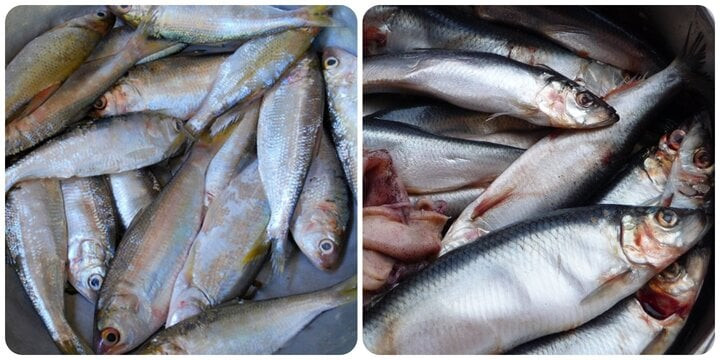
🚫 The Main Hazards Found in Certain Fish
-
Mercury (methylmercury)
A powerful neurotoxin that builds up in large, predatory fish. It’s especially harmful to developing brains and nervous systems. -
Persistent Organic Pollutants (POPs)
Includes PCBs and dioxins — fat-soluble chemicals that accumulate in fish fat and may affect hormone systems, immunity, and cancer risk. -
Microplastics & Related Chemicals
An emerging area of concern. Fish may ingest tiny plastic particles, which carry additional chemical contaminants. -
Parasites & Foodborne Bacteria
Particularly relevant for raw or undercooked fish like sushi or ceviche. -
Other Specific Toxins
Certain species (e.g. escolar) contain substances that can cause digestive upset even if not chemically contaminated.
🚫 12 Fish Species Commonly Considered “High Risk”
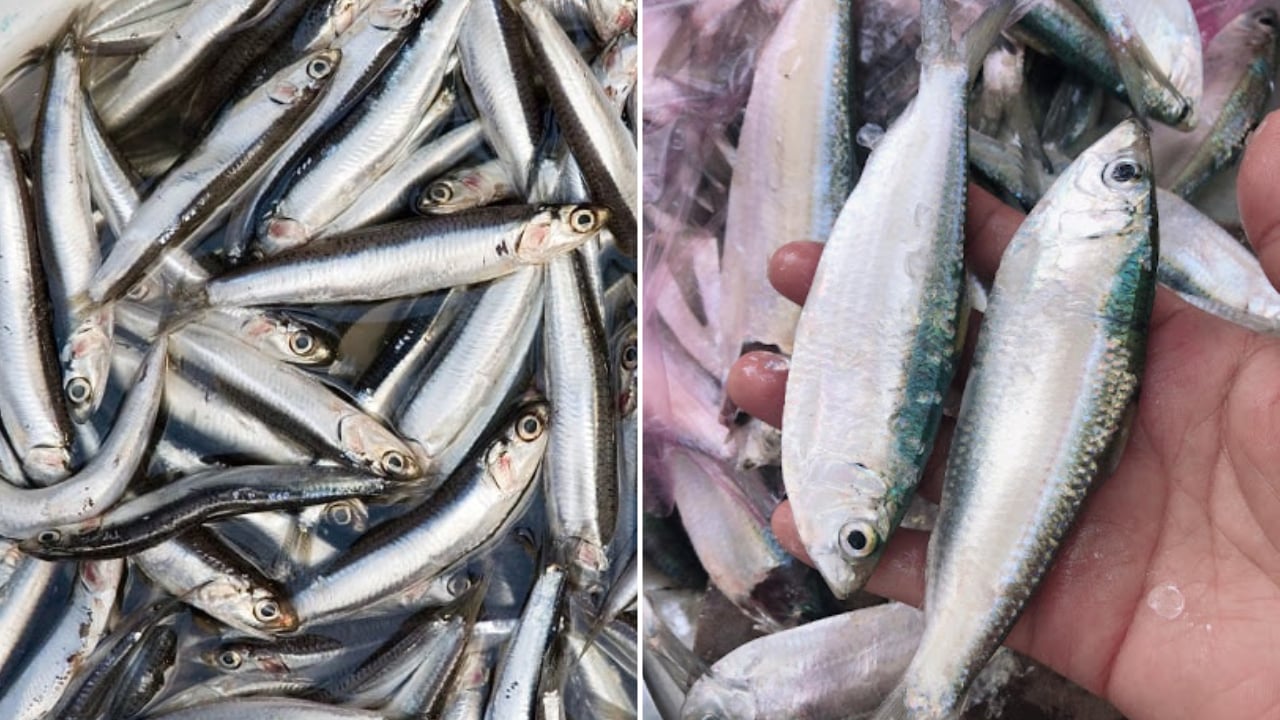
Many health agencies agree that the following species should be avoided or limited, especially by sensitive groups:
1. Shark
Very high in mercury due to its size and position at the top of the food chain. Avoid during pregnancy or for young children.
2. Swordfish
Also a top predator with high mercury levels. Not recommended for pregnant women or frequent consumption.
3. King Mackerel (Kingfish)
Regularly ranks high in mercury. Easily confused with Atlantic mackerel (which is much safer).
4. Tilefish (Gulf of Mexico)
One of the highest mercury readings among tested species.
5. Bigeye Tuna / Ahi / Some Yellowfin Tuna
Often used in sushi/sashimi. Contains significantly more mercury than canned light tuna.
6. Marlin
Large, long-lived, and high in mercury.
7. Orange Roughy
Can live over 100 years, giving it decades to accumulate mercury and PCBs.
8. Large Grouper Species
May contain elevated mercury depending on the size and age of the fish.
9. Bluefish
Moderate to high in mercury and sometimes PCBs (varies by region).
10. Farmed Salmon (low-quality sources)
Some older studies showed high levels of PCBs and dioxins in poorly managed farms. Modern, well-regulated farms are safer — know your source.
11. Other Large Pelagic Species
This includes albacore tuna (in large portions), and relatives of swordfish and king mackerel. The bigger the fish, the greater the mercury risk.
12. Escolar / Oilfish
Contains indigestible wax esters that can cause severe digestive issues (like oily diarrhea), even in moderate amounts. Not technically toxic, but often advised against.
🧪 Why These Fish Are Riskier: A Short Science Breakdown
Mercury & Biomagnification
-
Mercury in oceans is converted to methylmercury by microbes.
-
Small fish eat it, bigger fish eat them — and mercury accumulates.
-
Result: The higher up the food chain, the more mercury in the meat.
Fat-Soluble Pollutants (PCBs, Dioxins)
-
These chemicals dissolve into fat and build up over time.
-
Found more in fatty fish or fish from polluted waters (including poorly farmed salmon).
Fish Age & Habitat
-
Long-lived, slow-growing species (like orange roughy) accumulate more contaminants simply due to time.
Parasite Risk
-
Especially in raw or undercooked fish, which may carry Anisakis, tapeworms, or Vibrio/Salmonella bacteria. Freezing and proper handling reduce the risk — but don't eliminate it completely.
✅ Safer Fish Choices: Nutritious & Lower in Contaminants
These fish offer omega-3s, lean protein, and lower levels of mercury and POPs:
🐟 Wild-Caught Alaskan Salmon (sockeye, coho, pink)
-
Low mercury, high omega-3s
-
Sustainable and widely recommended
🐟 Sardines (canned)
-
Very low mercury
-
Rich in omega-3s and calcium (from edible bones)
🐟 Anchovies
-
Tiny, oily, packed with nutrients and minimal mercury
🐟 Herring
-
Similar to sardines in profile
🐟 Atlantic Mackerel (not king mackerel)
-
Safe, low-mercury alternative in the mackerel family
🐟 Trout (especially farmed rainbow trout from trusted sources)
-
High in omega-3s, generally low in contaminants
🐟 Tilapia (moderate intake)
-
Low mercury, though nutrition varies by source — choose responsibly farmed
🐟 Cod, Pollock, Haddock
-
Good white fish options, lower in mercury
🐟 Light Canned Tuna (skipjack)
-
Safer than albacore; still recommended to limit to 1–2 servings/week for sensitive groups
🧭 Rule of thumb:
Prefer smaller, shorter-lived fish and avoid large predators.
🕒 How Often Should You Eat Fish?
🧑⚕️ For Most Healthy Adults:
-
2–3 servings per week of low-mercury fish
-
Total: ~8–12 oz (225–340 g) weekly
🤰 For Pregnant Women, Breastfeeding Mothers & Children:
-
Avoid high-mercury species listed above
-
Choose low-mercury fish like wild salmon, sardines, trout
-
Limit albacore/white tuna to 4–6 oz (1 serving) per week
-
Follow local advisories for freshwater fish
🍣 Is Raw Fish Safe?
It depends. Raw fish can be delicious, but carries extra risks:
❌ Risk Factors:
-
Parasites: Anisakis, tapeworms
-
Bacteria: Vibrio, Listeria, Salmonella
-
Viruses: Norovirus, Hepatitis A
✅ Safety Tips:
-
Only eat raw fish from reputable sources
-
Look for fish that’s been properly frozen (e.g. –20°C for 7 days or blast-frozen)
-
“Sushi-grade” is not a regulated term — trust your supplier
⚠️ Avoid raw fish if you are:
-
Pregnant
-
Immunocompromised
-
Elderly
-
Feeding young children
🛒 Smart Tips for Shopping & Eating Fish
-
✅ Check regional advisories (especially for locally caught fish)
-
✅ Rotate fish choices — don’t eat the same species daily
-
✅ Prefer small fish (sardines, anchovies, light tuna)
-
✅ Know your source — look for MSC or ASC sustainability certifications
-
✅ Trim skin and belly fat to slightly reduce POPs like PCBs
-
✅ Cook thoroughly to kill parasites and bacteria
-
❌ Avoid escolar unless you know the risks
✅ Quick Takeaway: What to Remember
| Avoid / Limit | Safer, Healthier Choices |
|---|---|
| Shark, swordfish, king mackerel, tilefish | Wild Alaskan salmon, sardines, herring |
| Bigeye / ahi tuna, marlin, orange roughy | Trout, anchovies, cod, pollock, haddock |
| Escolar / oilfish (digestive side effects) | Light canned tuna (skipjack), Atlantic mackerel |
| Poor-quality farmed salmon (check your source) | Responsibly farmed rainbow trout |
Final Thoughts
Fish can be one of the healthiest foods on your plate — but also one of the most misunderstood.
By choosing nutrient-rich, low-contaminant species, rotating your options, and being mindful of sourcing, you get all the benefits without the long-term risks.
Because in seafood — as in all of nutrition — balance, variety, and quality matter most.
News in the same category


The #1 Drink to Prevent Foamy Urine — Plus 7 More Your Kidneys Will Thank You For

The #1 Most Effective Remedy for Dental Plaque (And How to Beat Tartar at Home)
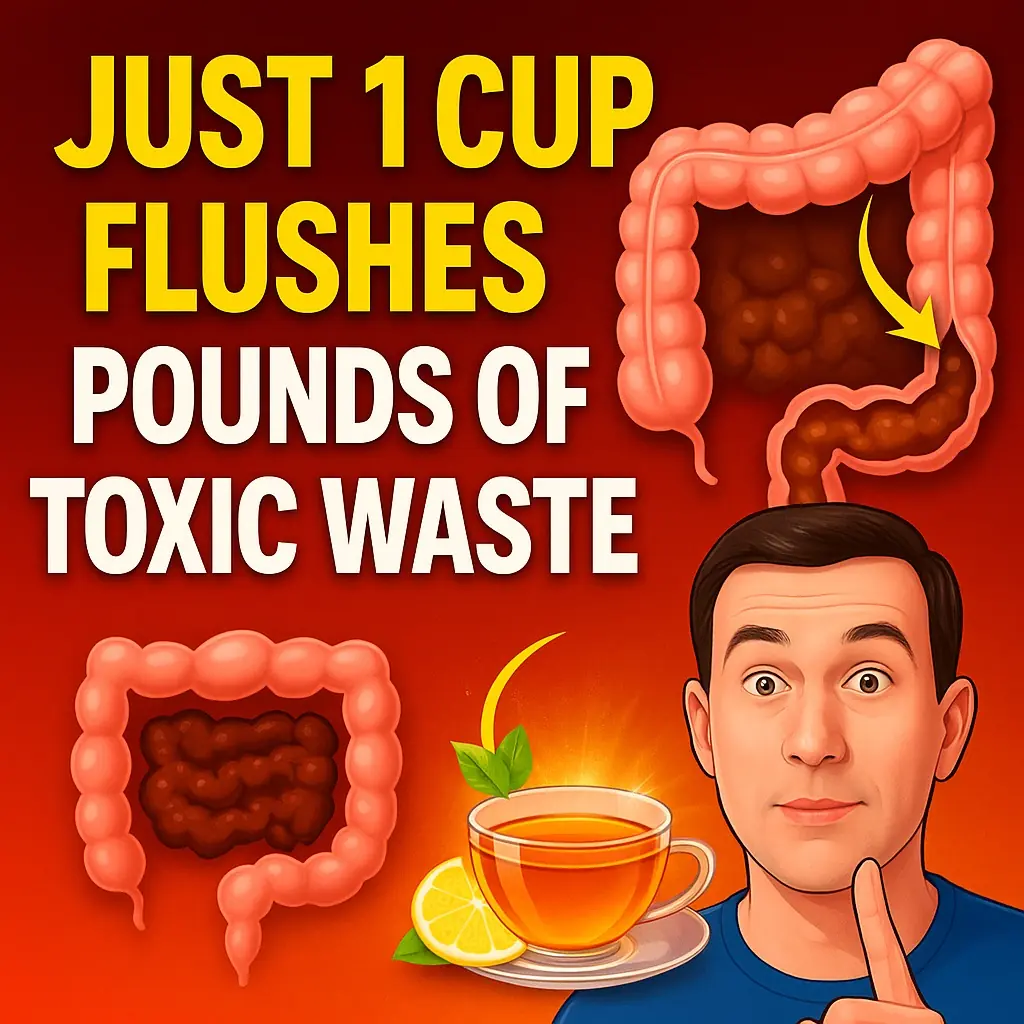
JUST 1 CUP FLUSHES POUNDS OF TOXIC WASTE

Just 2 Nuts a Day Can Support Your Thyroid, Help With Weight Loss, and Balance Blood Sugar
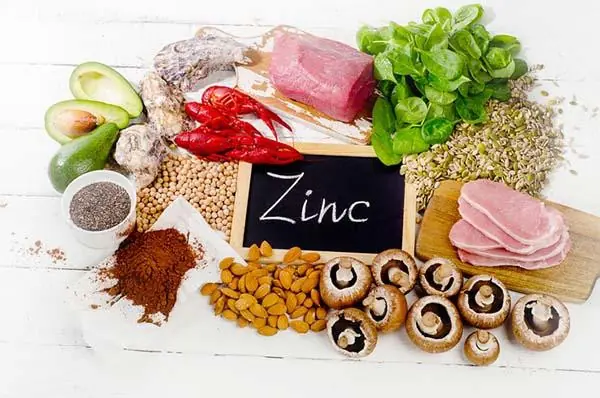
Zinc Deficiency Triggers Inflammation in Your Body — Here’s What to Eat to Fix It

CLEANSE CLOGGED ARTERIES WITHOUT MEDICATION

The #1 Way To Stop Bloating Fast

6 warning signs of a clogged artery most people ignore (cardiologist alert)

Foot Symptoms That Could Signal Kidney Problems

Redness Swelling and Warmth in One Leg
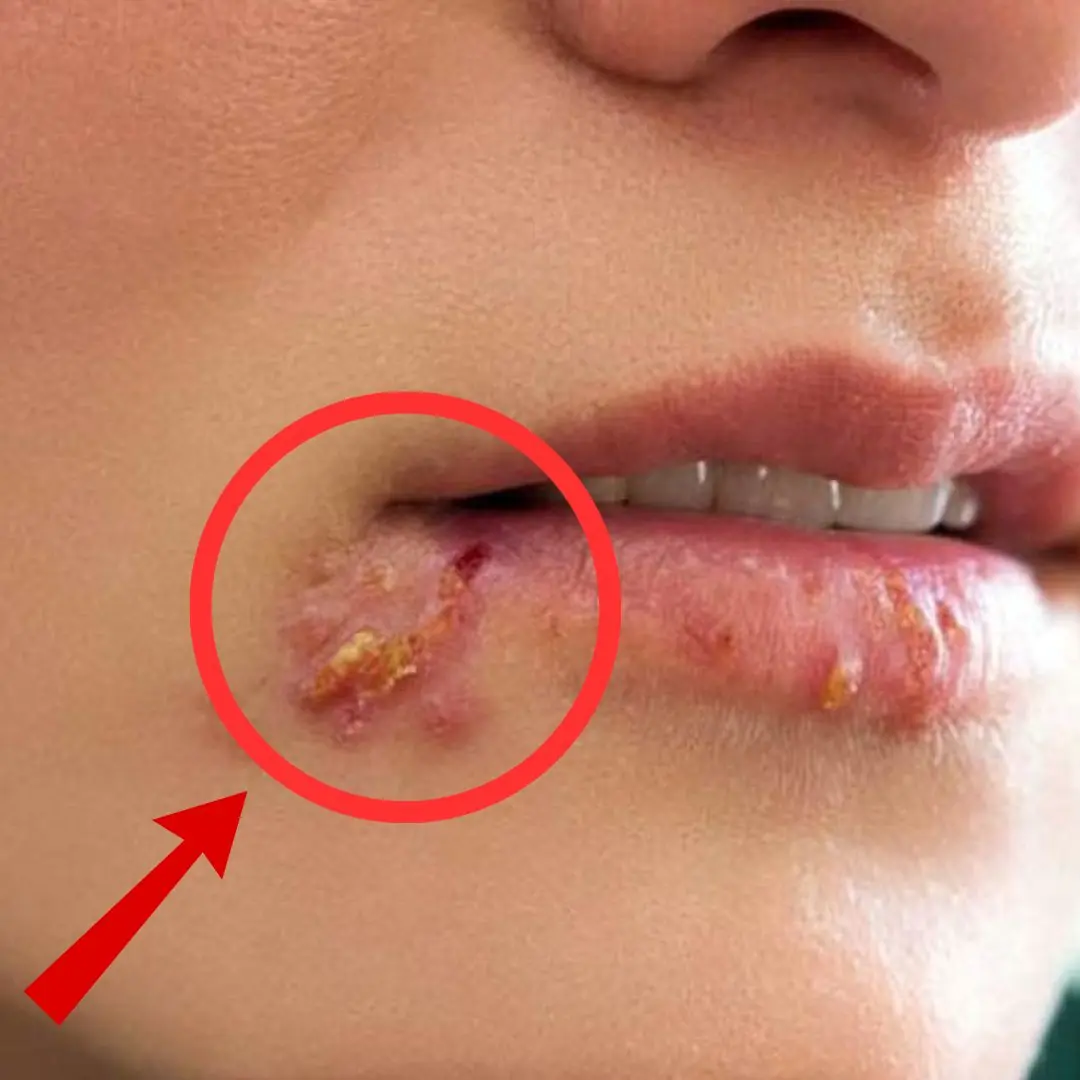
These are the signs that he is...read more

12 weird signs your body isn’t making enough bile—don’t ignore these!

🦴 The Vitamin & Mineral Deficiencies That May Be Behind Leg and Bone Pain

🩺 Unusual Case of Sweet Syndrome Triggered by New Inhaler Therapy in Primary Care
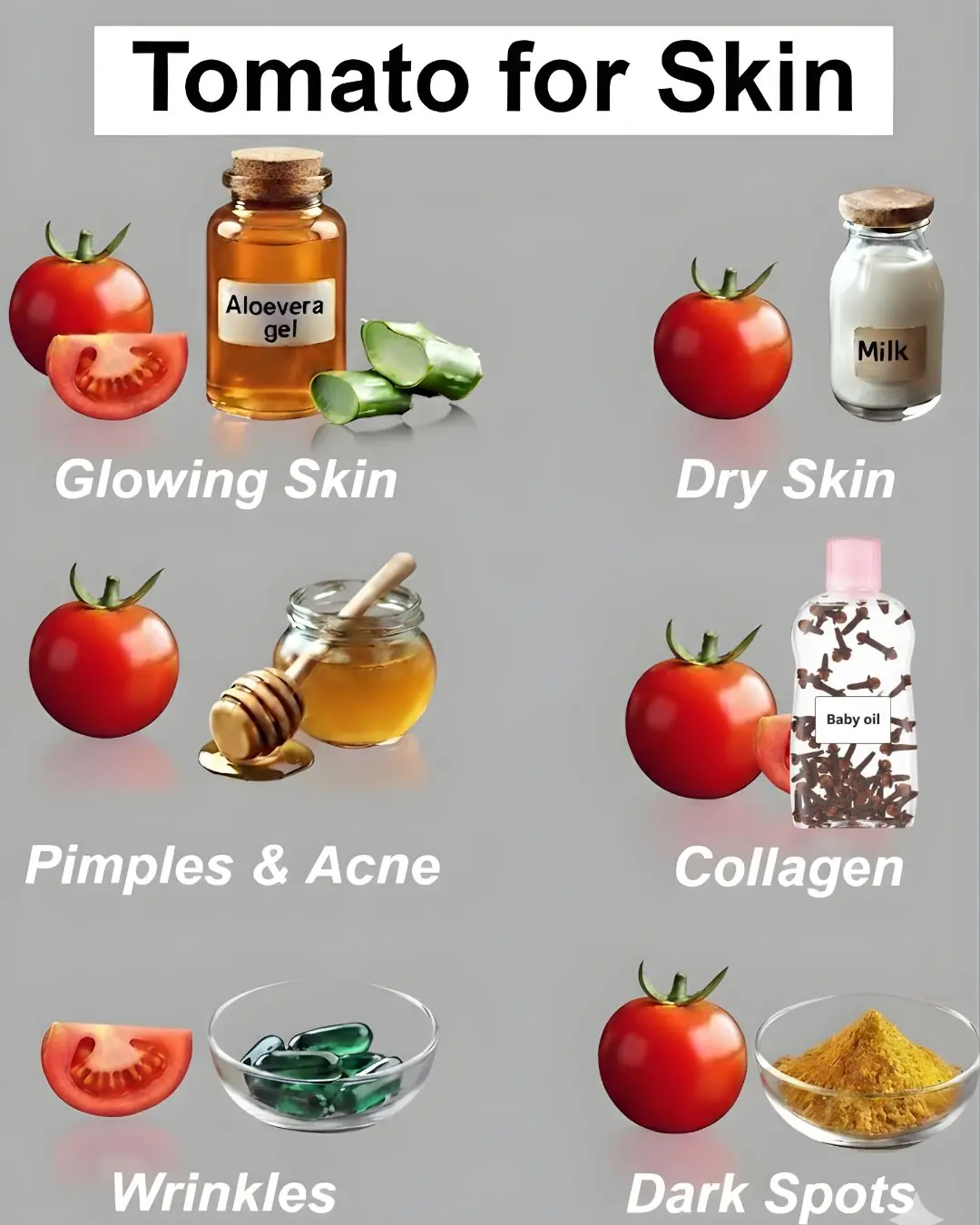
Tomato Benefits for Skin – Rub Tomato Slice on Face

Hidden Dangers on Your Plate: 4 “Clean” Foods That Can Secretly Harm Your Health

4 Unusual Signs in Your Neck That Could Be Symptoms of Cancer — Don’t Ignore Them

6 Warning Signs in Your Legs That Could Indicate a Serious Disease — Don’t Ignore Them
News Post
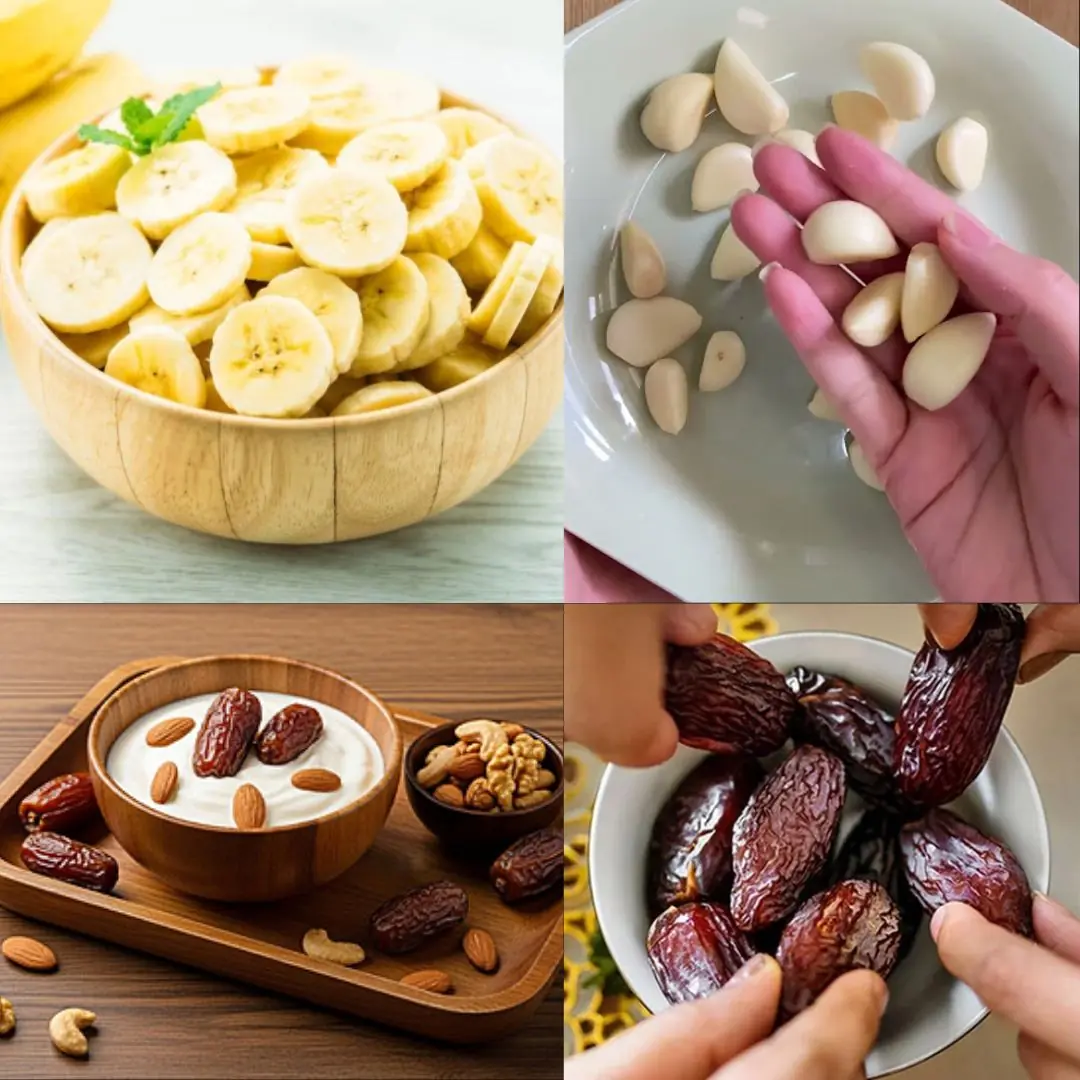
Bananas, Garlic, and Dates: The Powerful Health Combo

Make Your Sausages Juicier and More Flavorful With This One Simple Step Before Cooking

Don’t Leave Your Phone Charger Plugged In

“A Gift of Belief: How One Simple Act of Kindness Changed a Little Boy’s World”

Keep your bathroom clean and fresh all year round by applying these 7 small habits.

‘This Is An Opportunity For You To Get Some Portal Film’ | Deion Sanders’ Ruthless Scrimmage Urging Bench Players To Transfer Angers Fans

Texas Cheerleader Jumps Off Homecoming Float To Save Choking Toddler

Meet Andrea Walls, the Artist Preserving Black Stories Through Photography

The Stray Dog Who Stole Bread—and Won Hearts

Lulu Gribbin: One Year After the Shark Attack, A Message of Gratitude and Strength

Ginger, Watermelon, and Beetroot Juice: 15-Day Natural Kidney Cleanse

The air conditioner only has wind but is not cool. If you do this, it will be 'cold'. No need to call a costly technician.

Tips to preserve bamboo and wooden chopsticks all year round without mold
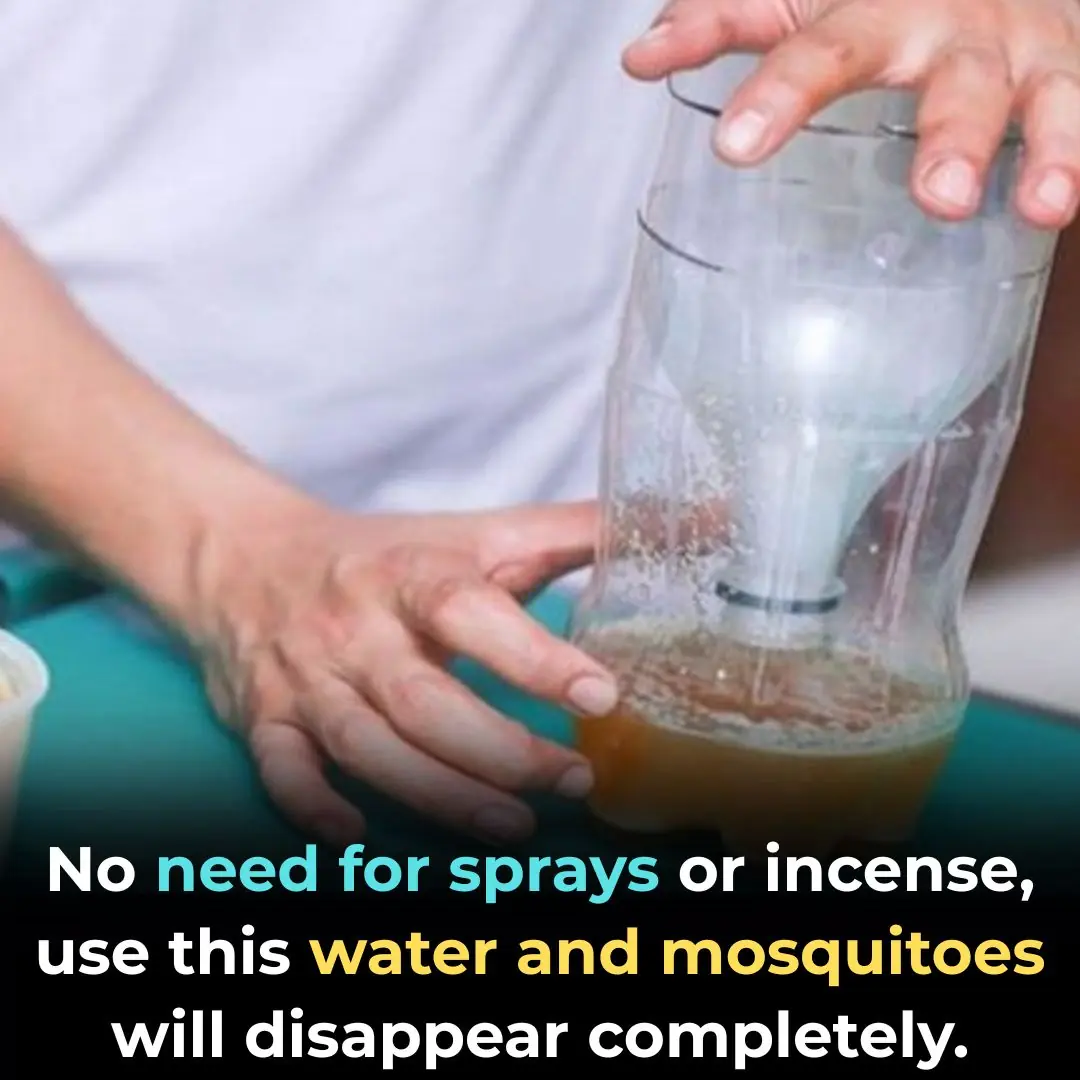
No need for sprays or incense, use this water and mosquitoes will disappear completely.

When cooking bitter melon soup, just add this one thing to ensure the dish is both delicious and nutritious.
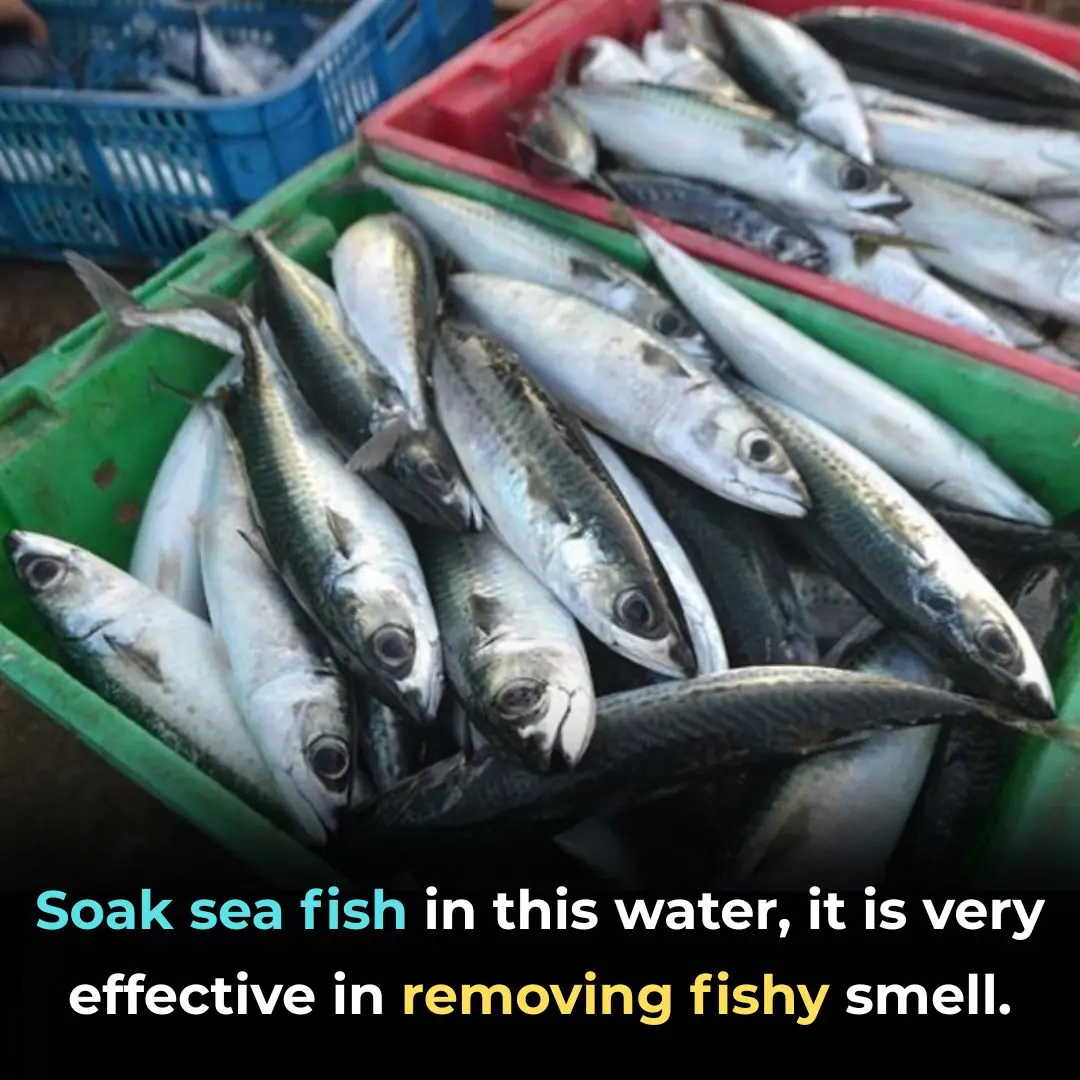
Soak sea fish in this water, it is very effective in removing fishy smell.
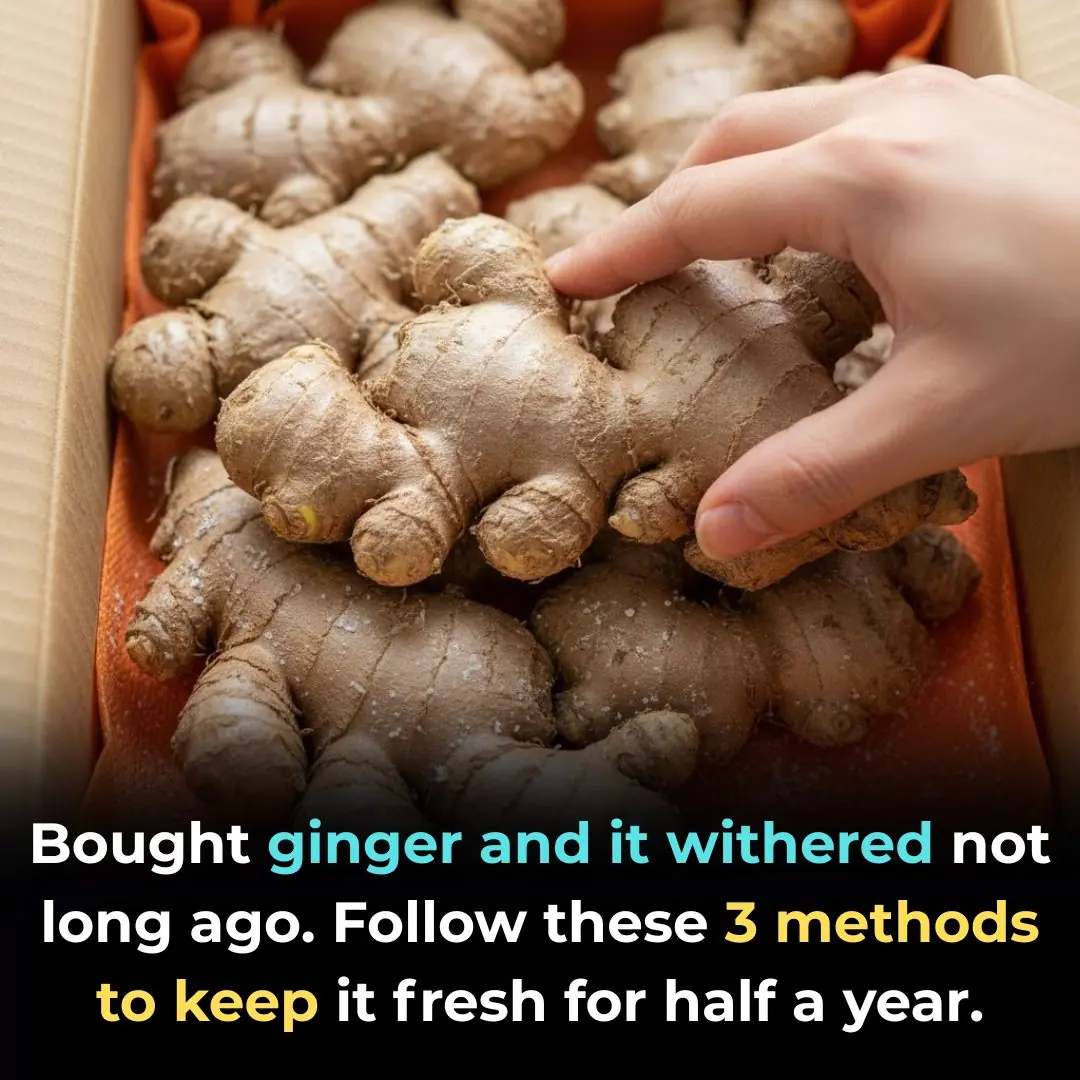
Bought ginger and it withered not long ago. Follow these 3 methods to keep it fresh for half a year.

Place this bowl of water in the corner of the house: Mosquitoes will automatically stay away, and the whole house will be free of mosquitoes.

Life, Gratitude, and a Tiara: Stacy’s Story of Resilience
